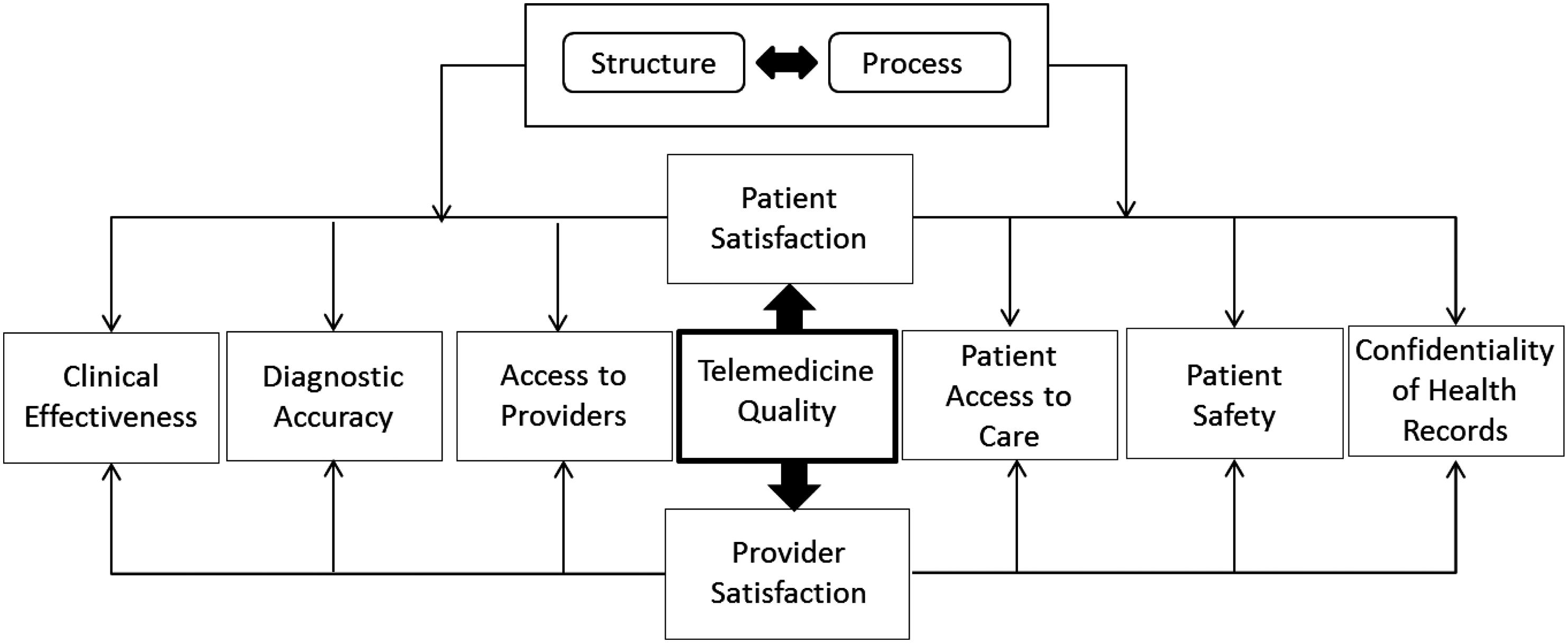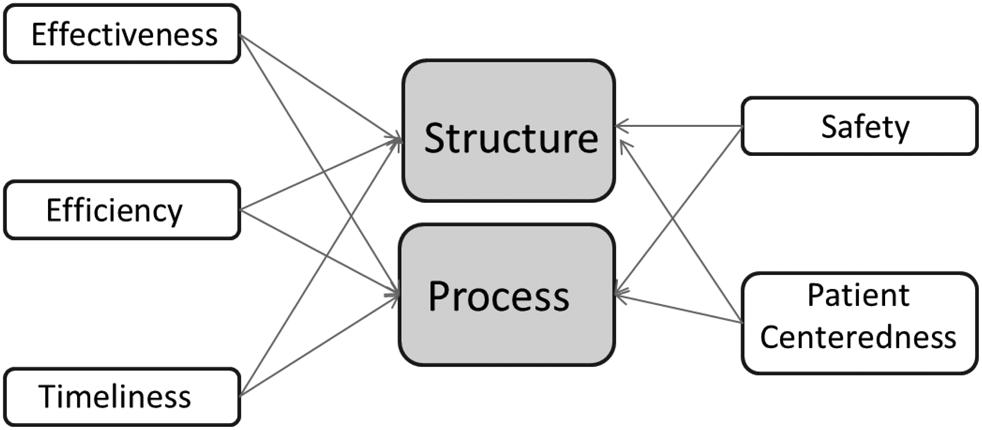
1 minute read
Kaizen
Management must create an environment that encourages ideas and suggestions for improvement. Without an acceptance of experimentation and noble failures, it is difficult to cultivate a healthy contempt for mistakes. The era of digital transformation has opened the doors to creative instincts and new possibilities.
According to the Kaizen Institute, kaizen is the practice of continuous improvement in which everyone is involved. The word kaizen comes from two words: kai, which means “change,” and zen which means “good.” Its original Japanese meaning therefore is “Change for the better,” which is continuous improvement. Kaizen was originally introduced to the West by Masaaki Imai, in his 1986 book Kaizen: The Key to Japan’s Competitive Success. Today, kaizen is recognized worldwide as an important pillar of an organization’s long-term competitive strategy. Kaizen’s continuous improvement is based on the following guiding principles:
Advertisement
◾ Good processes bring good results. ◾ Go see for yourself to grasp the current situation. ◾ Speak with data; manage by facts. ◾ Take action to contain and correct the root causes of problems. ◾ Work as a team. ◾ Kaizen is everybody’s business.
One of the most notable features of kaizen is that big results come from many small changes accumulated over time (Kaizen Institute, 1985). Imai describes kaizen as daily incremental improvements to a process. The kaizen methodology requires each employee to create as many as three to five ideas for improvement every month. The power of this methodology is not in the individual small improvement, but the combined force of hundreds of small improvements designed to continuously advance an organization.
These ideas and the many improvements that follow are expected in every part and process of the organization. They involve everyone from the housekeeping staff to the chief executive officer (CEO). Suggestion schemes are a simple and easy way to drive kaizen. Each area is measured based on the number of suggestions made and, of course, implemented. The performance of supervisors and managers are measured in terms of the number





